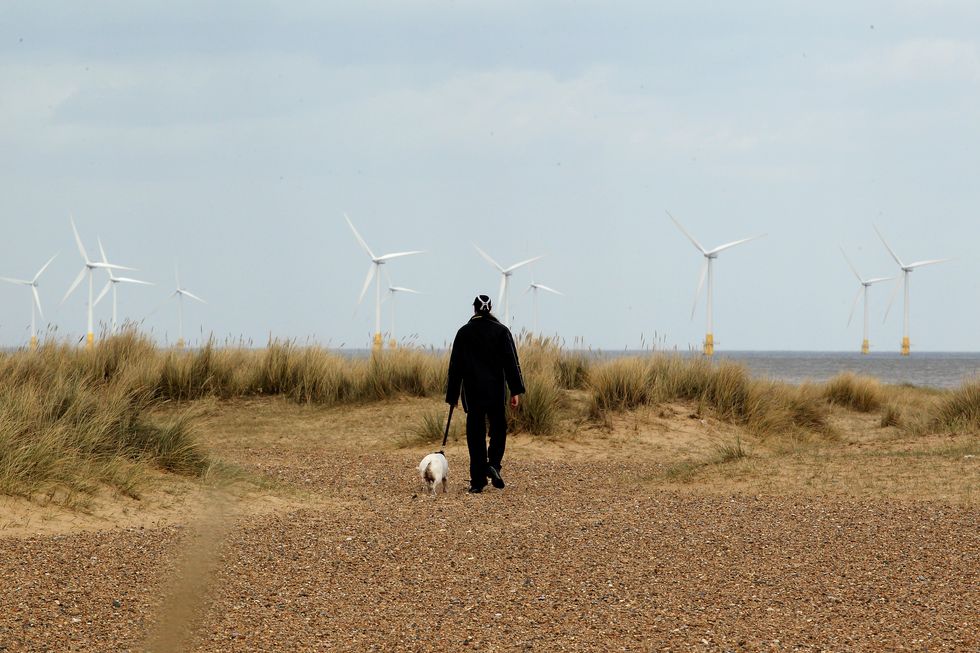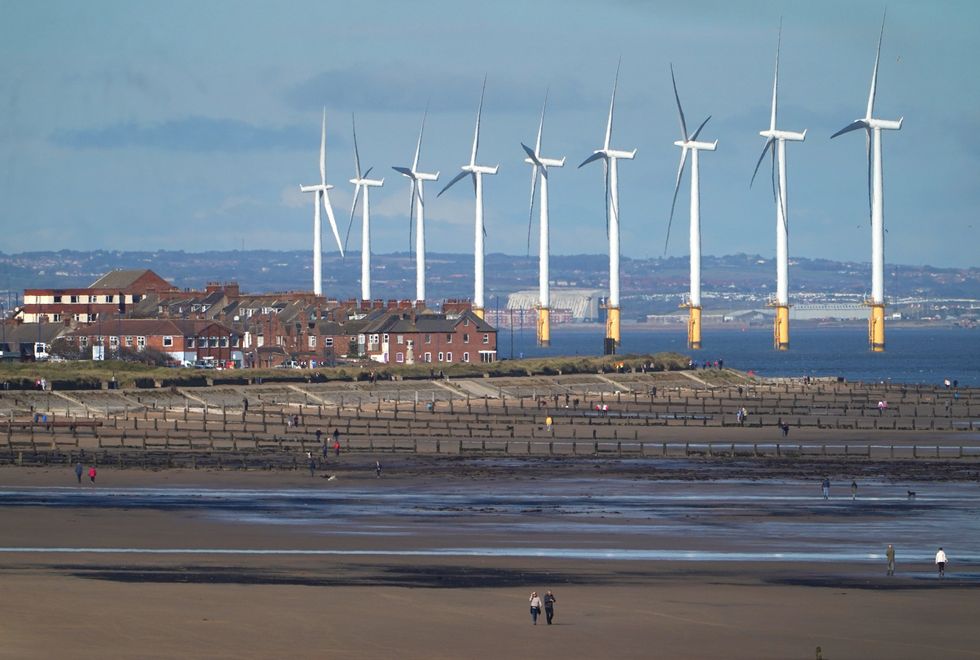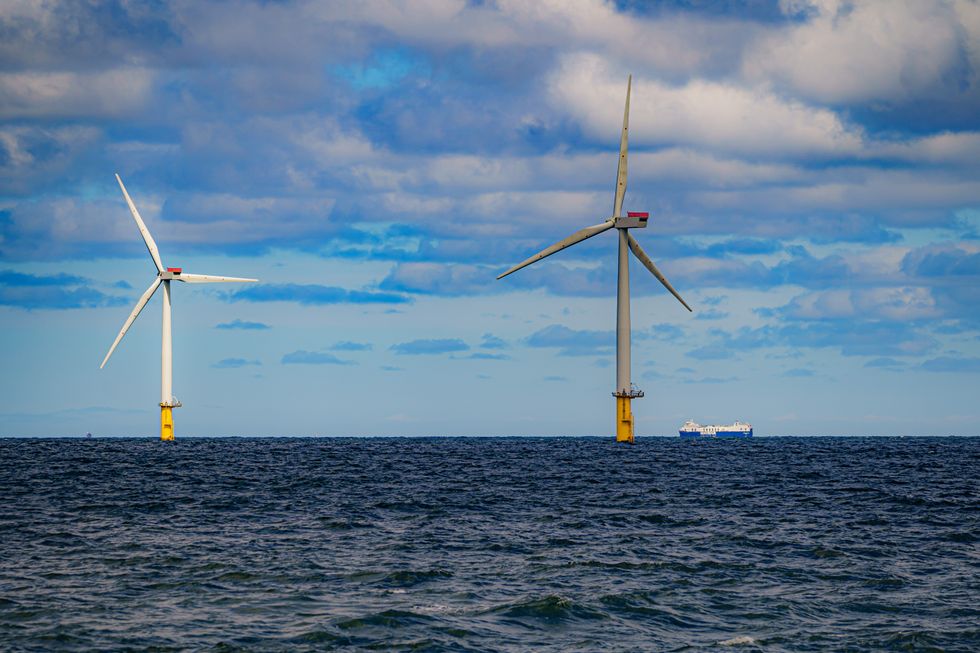A dog walker on the sand dunes passes offshore wind turbines in the Norfolk seaside town of Great Yarmouth
PA
The plans have been welcomed by wind and power companies
Don't Miss
Most Read
Trending on GB News
Hoiliday coasts are set to be targeted as sites for massive wind turbines under Crown Estate plans to accelerate offshore expansion.
Farms are to be built off the holiday coasts of Cornwall, the Isles of Scilly and South Wales under plans set out by the Crown Estate, which owns and manages the seabeds around England, Wales and Northern Ireland on behalf of the King.
The Celtic Sea which stretches along the coasts of North Cornwall, South Wales, and out to the Scilly Isles has been targeted as the site for renewable energy generation.
The plans have been welcomed by wind and power companies but condemned by fishermen who said wind farm expansion threatened their industry and its communities.

A dog walker on the sand dunes passes offshore wind turbines in the Norfolk seaside town of Great Yarmouth
PA
Chief executive of the National Federation of Fishermen’s Organisations Mike Cohen said: "Wind farms are challenging neighbours for the fishermen already working in the areas of the sea that the Crown Estate plans to lease out for industrialisation.
"Most types of fishing cannot take place within wind farms. Longer days at sea, higher fuel costs and smaller catches are the result.
"There has been almost no scientific investigation of the ecological impacts of this type of marine construction, particularly on the staggering scale that has been proposed."
The UK currently has 2,800 offshore wind turbines with the capacity to generate 15 gigawatts (GW) of power.
They produced 15 per cent of British electricity last year. Another 12 GW of offshore wind capacity is under construction and a further 11 GW has planning approval.
Great British Energy, the new state organisation set up by Energy Secretary Ed Miliband, entered into a partnership with the Crown Estate.
LATEST DEVELOPMENTS

Teesside Wind Farm near the mouth of the River Tees off the North Yorkshire coast
PA
A new report by the Crown Estate suggests expanding the total to as much as 140 GW by 2050 – a nine-fold increase – meaning several thousand more wind turbines will be needed.
Modern wind turbines average 850 feet and could be visible from up to 35 miles away. A Crown Estate spokesperson told The Times it was too early to say how many would be visible from the coast.
Director of the National Grid’s Electricity Systems Operator Fintan Slye said: "This is another step in ensuring that we can collectively accelerate deployment of offshore renewables."
Chair of Great British Energy Juergen Maier said: "This report marks an exciting step towards unlocking the next 20 to 30 GW of offshore wind pipeline – enough power for the equivalent of almost 20million homes."

A ship passes wind turbines at RWE's Gwynt y Mor
PA
The Crown Estate’s marine managing director Gus Jaspert said Britain’s seas faced competing pressures from multiple industries – including fishing, shipping, oil, gas and CO2 storage, as well as energy.
He said: "We need a forward plan to release the true potential of our seas … our approach to offshore wind development is designed to help remove some of the barriers to deployment and provide more certainty to investors."
The Crown Estate’s Future of Offshore Wind report said: "Much of the new offshore wind capacity is expected to be in areas of the Celtic Sea, which lies off the coasts of South Wales and South West England and North East England.
"A number of smaller projects are also likely off the coasts of North Wales, North West England, Lincolnshire and Yorkshire."








